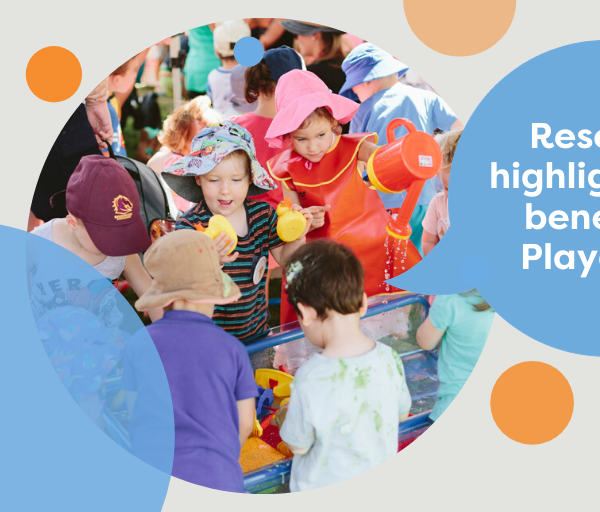As AEDC information is collected new research into struggling on school entry is out

As data and information is collected from schools around Australia to support the next release of Australian Early Development Census (AEDC) data, new research from the University of Leeds, with Lancaster University, has shown that children who struggle in the first years of school are more likely to face disadvantage in their teens.
Children who were identified as being behind the expected developmental milestones of their peers at four to five years of age were almost three times as likely to have been out of education, employment, or training at the ages of 16-17 years, the study found.
In a similar way to the way Australian children are measured using the AEDC, children in England are assessed by the Early Years Foundation Stage Profile, and those who reach the threshold of a ‘good level of development’ are considered ‘school ready’.
The new study in the journal BMC Public Health has found a significant gap in GCSE results (final years of school exams in England) and Not in Education, Employment or Training (NEET) outcomes between those who were ready and unready for primary school.
The research drew on data from more than 8,000 Bradford young people whose records are linked as part of the Connected Bradford project.
“These findings tell us that there are clear, early indicators for children and young people being at risk of disadvantage in late adolescence,” Lead author Dr Matthew Warburton, Research Officer at Leeds’ School of Psychology, said.
“As schools routinely collect this data, the research could be used to kickstart early intervention in schools based on primary school readiness.”
The research found that 11 per cent of children who were not school ready went on to be NEET at 16-17 years of age, compared to just 4 per cent of children who were school ready.
This early disadvantage also predicted achievement at GCSE level. Of children who were assessed as not school ready, 44 per cent achieved GCSEs at level 2 (grade 4 or above) in English, Maths, and five subjects overall, while 77 per cent of those deemed school ready achieved these results.
“Data from the Early Years Foundation Stage Profile is readily available for millions of children and young people in England. This information could, and should, be used to identify pupils at increased risk of becoming NEET,” fellow researcher Dr Amy Atkinson said.
‘Risk of not being in employment, education or training (NEET) in late adolescence is signalled by school readiness measures at 4–5 years’ by Dr Matthew Warburton, Dr Megan L. Wood, Kuldeep Sohal, Professor John Wright, Professor Mark Mon-Williams and Dr Amy L. Atkinson was published on Wednesday 22 May in BMC Public Health.
Popular

Policy
Practice
Provider
Quality
Research
Workforce
Beyond the headlines: celebrating educators and the power of positive relationships in early learning
2025-07-07 10:00:24
by Fiona Alston

Workforce
Policy
Quality
Practice
Provider
Research
ECEC must change now, our children can’t wait for another inquiry
2025-07-02 07:47:14
by Fiona Alston

Workforce
Quality
Practice
Provider
Research
Beyond the finish line: Championing child protection one marathon at a time
2025-07-08 09:15:32
by Fiona Alston













